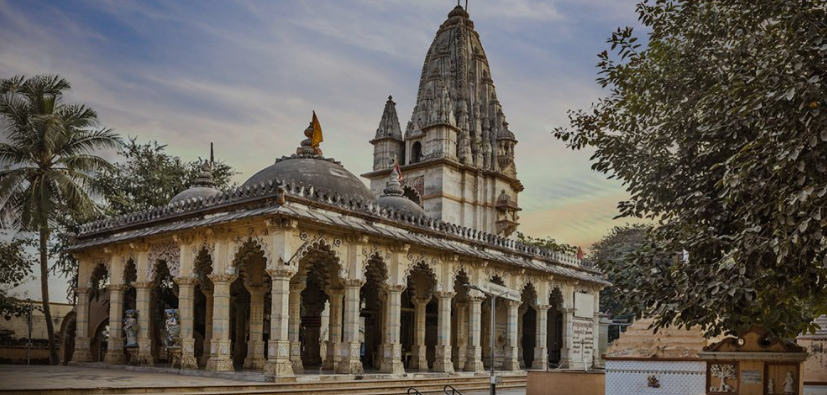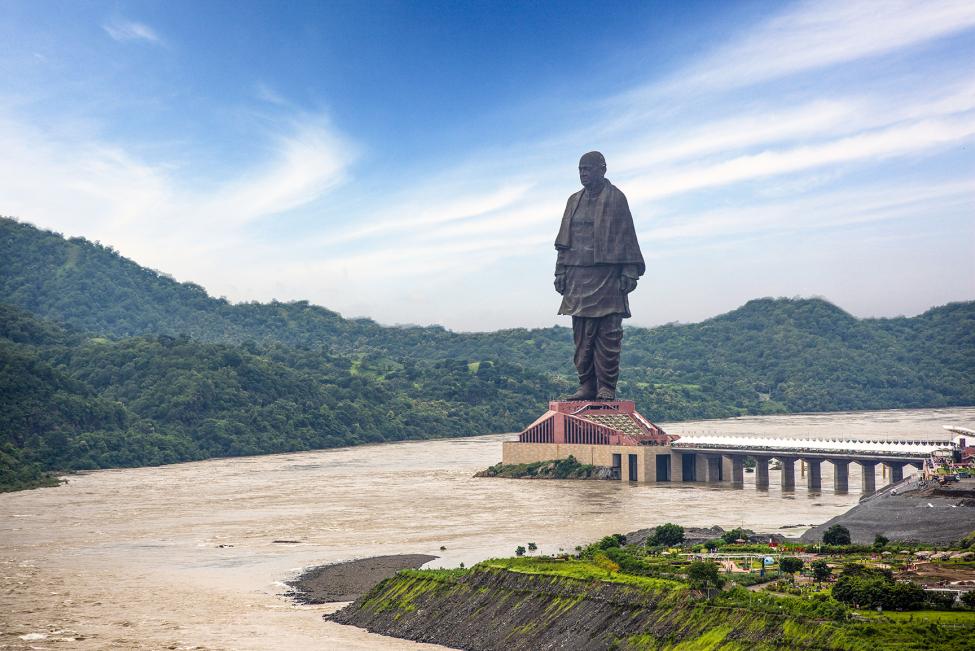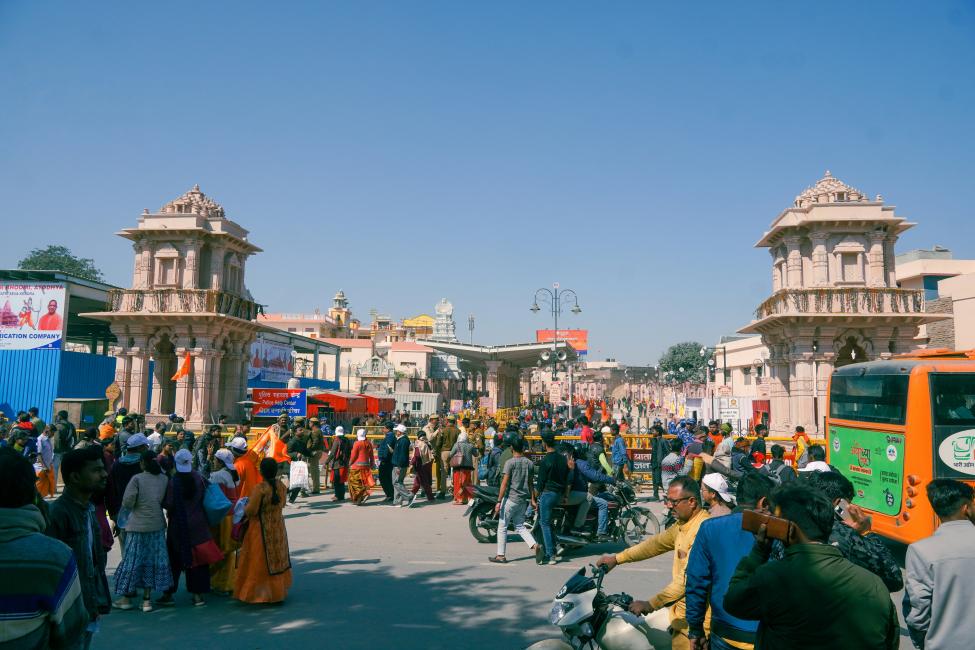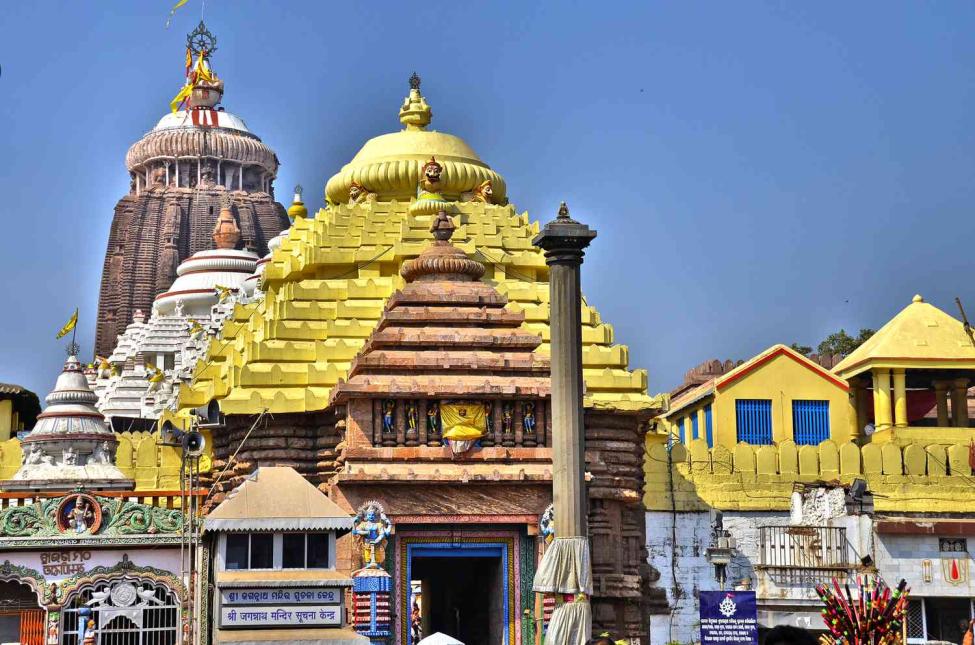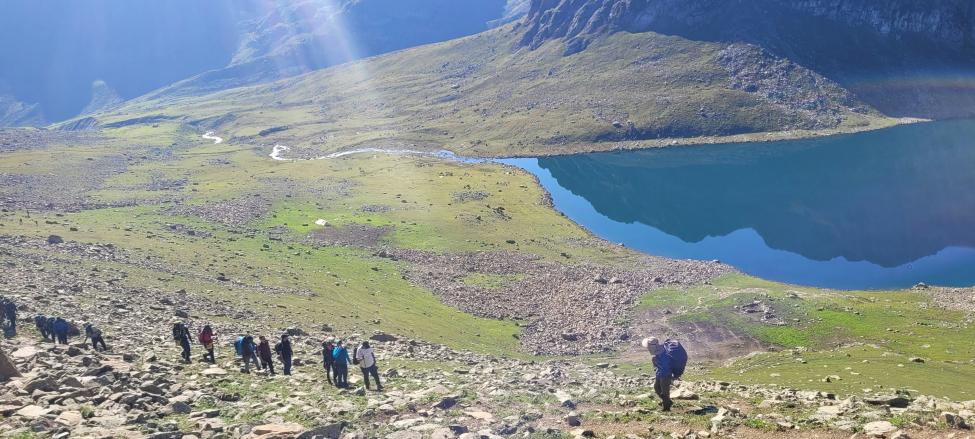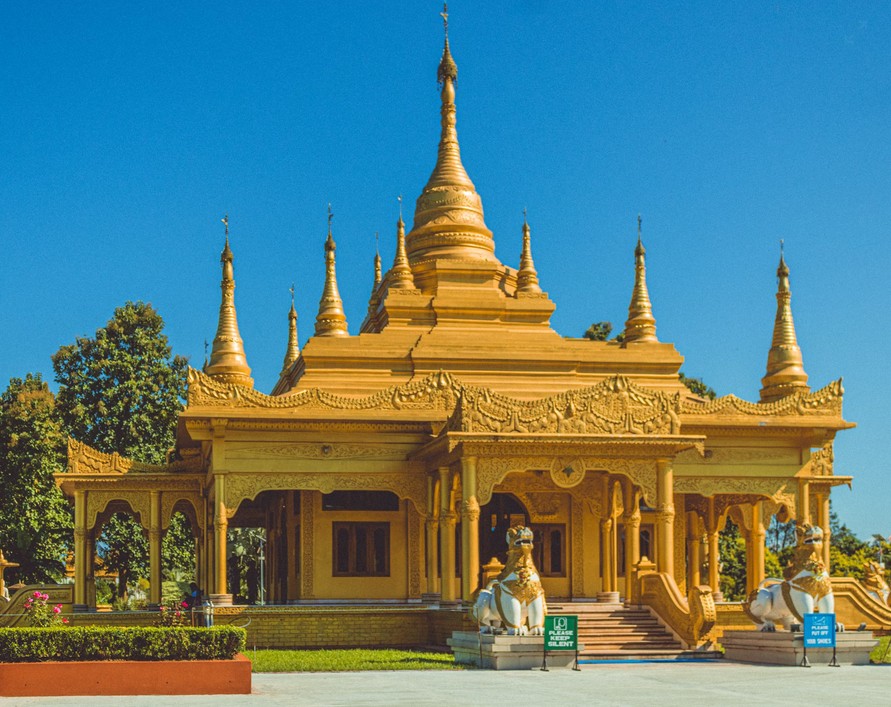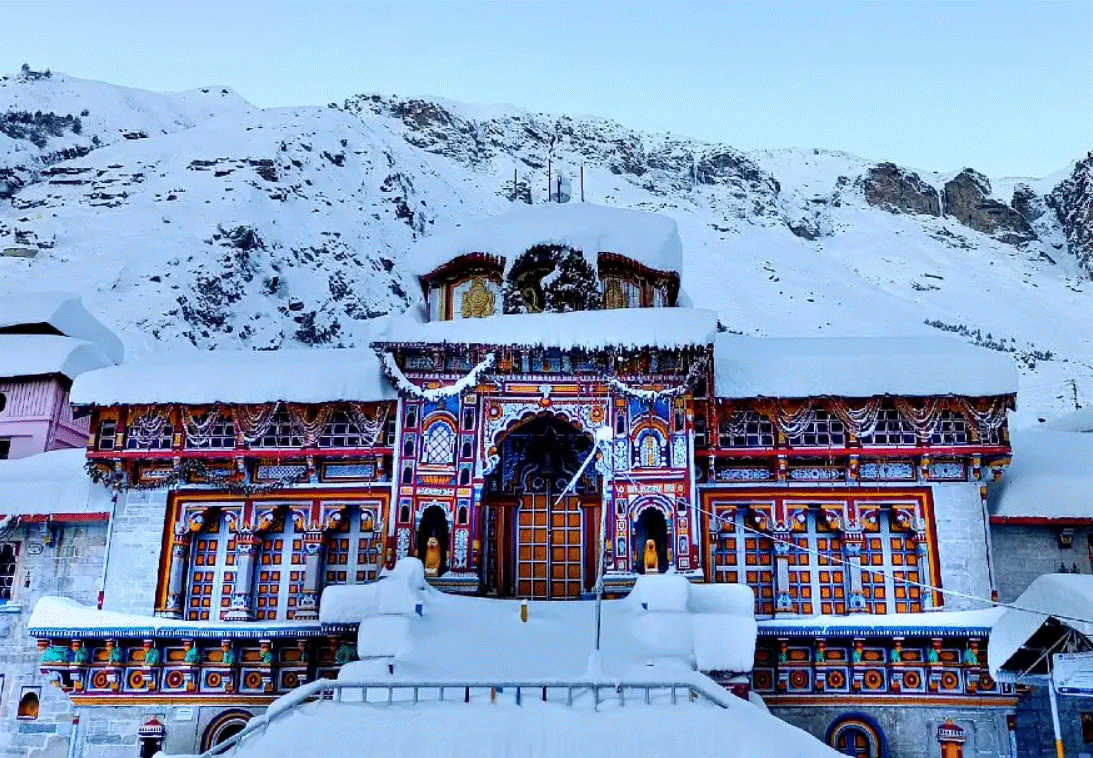 Shri Badrinath, Uttarkhand
Shri Badrinath, Uttarkhand
Shri Badrinath Temple | History, Architecture, Legends, and Spiritual Significance | Chardham yatra
Badrinath Temple is the heart of spiritual and natural beauty in Uttarakhand. Whether you are on a pilgrimage, adventure trek, or sightseeing trip, the temple and its surroundings offer a memorable experience amidst the majestic Himalayas.
Badrinath Temple - Uttarkhand,
Badrinath Temple, located in Uttarakhand’s Chamoli district, is one of India’s most sacred pilgrimage sites. Dedicated to Lord Vishnu, it is a key part of the Char Dham Yatra, attracting thousands of devotees every year. The temple is situated at an altitude of 3,133 meters in the Garhwal Himalayas, surrounded by snow-capped peaks and the flowing Alaknanda River, making the journey to this holy place both spiritual and scenic.
The temple has a rich history, with mentions in ancient scriptures and legends. Some records suggest it was once a Buddhist shrine. In the 8th century, Adi Shankaracharya revived the temple and installed the deity near the Tapt Kund, a natural hot spring believed to purify the body and soul. Over time, the temple has been renovated several times, including after the 1803 Garhwal earthquake, preserving its spiritual and architectural charm.
Badrinath Temple is built in the traditional Garhwali style, featuring a Nagara-style spire, bright painted walls, arched windows, and a gilded roof. The black stone idol of Lord Badrinarayan, adorned with gold ornaments, sits in the sanctum. Pilgrims often take a dip in the Tapt Kund before entering the temple, a ritual believed to cleanse both body and mind.
The surroundings of Badrinath also offer natural beauty and cultural experiences. Mana Village, the last village before the Indo-Tibetan border, showcases local culture and handicrafts. Vasudhara Falls, Neelkanth Peak, Gandhi Sarovar, and Bhavishya Badri Temple are nearby attractions that make the visit more memorable.
The temple is open from Akshaya Tritiya (April/May) to Kartik Purnima (November). The nearest airport is Dehradun (317 km), and the nearest railway station is Rishikesh (298 km). Roads from Haridwar, Rishikesh, and Dehradun are well-maintained, and buses or taxis are available. Pilgrims are advised to carry warm clothing and acclimatize to the high altitude.
In short, Badrinath Temple is a perfect blend of spiritual devotion, natural beauty, and cultural heritage, making it a must-visit destination for pilgrims and travelers alike.
Best Time to Visit:
- Peak Season (May – June): Pleasant weather (10°C – 20°C), open temple, ideal for pilgrimage.
- Moderate Season (September – October): Cool weather (5°C –15°C), fewer crowds, good for sightseeing.
- Low Season (November – April): Temple is closed; heavy snowfall; suitable only for adventure tourists.
Distance from Key Points:
- Rishikesh to Badrinath: 314 km
- Haridwar to Badrinath: 345 km
- Nearest Airport: Jolly Grant Airport, Dehradun (317 km)
- Nearest Railway Station: Rishikesh Railway Station (298 km)
Things to Do in Badrinath:
- Darshan of Lord Badrinarayan: Experience the spiritual aura and morning Aarti.
- Tapt Kund: Take a holy dip in the natural hot water springs near the temple.
- Nearby Trekking & Sightseeing: Visit Neelkanth peak, Mana village, and Vasudhara Falls.
- Shopping: Buy local handicrafts, woolens, and religious souvenirs in Badrinath town.
- Photography & Nature Walks: Capture the snow-capped peaks and Alaknanda river views.
Top 5 Places to Visit Near Badrinath (within 50 km):
1- Mana Village (3 km): India’s last village before Tibet, with cultural significance.
2- Vasudhara Falls (6 km): Stunning waterfall accessible via a short trek.
3- Bhavishya Badri Temple (10 km): Another sacred temple in the vicinity.
4- Neelkanth Peak (12 km): Spectacular Himalayan views for trekkers.
5- Gandhi Sarovar (15 km): Serene high-altitude lake near Badrinath town.

 Hemkund Sahib Uttarakhand | Trek..
Hemkund Sahib Uttarakhand | Trek.. Thai Buddhist Temple Sarnath - A..
Thai Buddhist Temple Sarnath - A.. Mahabat Maqbara, Junagadh - A Ma..
Mahabat Maqbara, Junagadh - A Ma.. Alleppey Travel Guide - Best Pl..
Alleppey Travel Guide - Best Pl.. Gorson Bugyal Travel Guide | Tre..
Gorson Bugyal Travel Guide | Tre.. Lotus Temple Delhi - Symbol of P..
Lotus Temple Delhi - Symbol of P.. Ram Jhula & Laxman Jhula Rishike..
Ram Jhula & Laxman Jhula Rishike.. Barabar Caves, Gaya - India’s ..
Barabar Caves, Gaya - India’s .. Ahmedabad: A journey through his..
Ahmedabad: A journey through his.. Ram Ghat Ujjain: The Sacred Hear..
Ram Ghat Ujjain: The Sacred Hear.. Red Fort Delhi, The Historical a..
Red Fort Delhi, The Historical a.. Bathinda: A Historic City of Cul..
Bathinda: A Historic City of Cul.. KAILASH MANSAROVA YATRA FIXED DE..
KAILASH MANSAROVA YATRA FIXED DE.. BHU Campus, Varanasi - A Green, ..
BHU Campus, Varanasi - A Green, .. Hill Stations Near Delhi - Perfe..
Hill Stations Near Delhi - Perfe..
